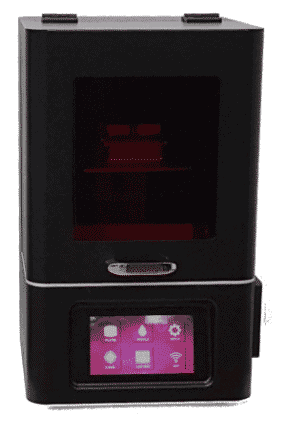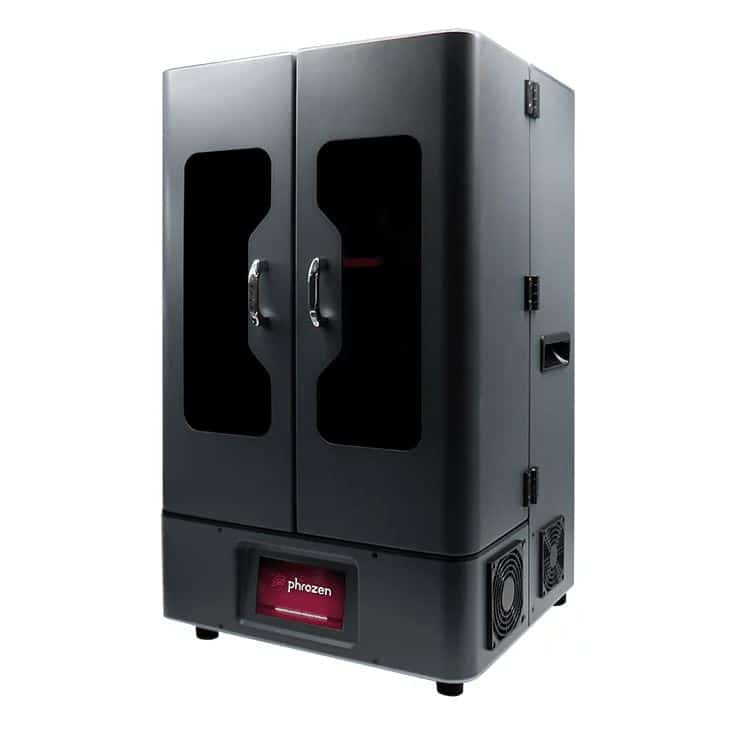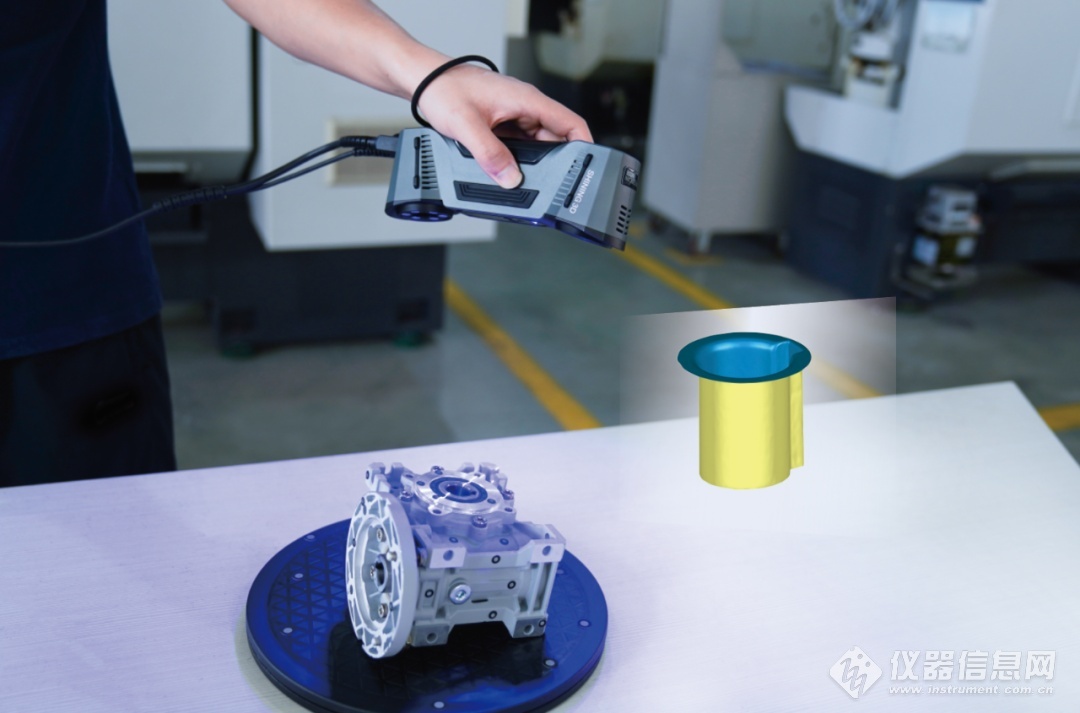Wishful Thinking
A couple of decades ago, we all dreamed of a technological advancement that would allow us to print something. The printer was then conceived and made available for both residential and commercial uses. As technology continued to make advances, so did our desire for something grander. We wanted to print something with 3-dimensional, or rather, something more than what we can put on a piece of paper. Instead of printing an apple on a piece of paper, we all wanted to print the entire apple, in both shape and size. However, this kind of technology was probably impossible, or so we thought.
A Little History
In 1984, Charles Hull had a vision for a 3D printer. He completed the technology that would allow for the printing of physical 3D objects from digital data. Two years later, he was able to obtain a patent through his technique, which he referred to as Stereolithography. That same year, Charles Hull founded 3D Systems and created the first commercial 3D printing machine, but was referred to as a Stereolithography Apparatus. In 1988, the SLA-250 was created by 3d Systems, the first version made available to the general public.

Some interesting facts behind the technology
The 3D printer has now become a reality, and people are becoming obsessed with it. Some even refer to 3d printing as additive manufacturing. But what makes this technology so exciting? Why do people consider it “as important as the Internet”?
For starters, the printer can print cars. A 3D printing company called Voxeljet were asked to print 3D 1:3 scale models of the Aston Martin DB5 for the upcoming Bond movie, Skyfall. These models were made to be destroyed in the movie, but one survived and was later sold by Christie’s for approximately £100,000.
The prosthetic and medical equipment industry embrace 3D printing technology with open arms. Biomedic specialists in Belgium were able to implant a 3D-titanium plated jawbone into an 83-year-old woman. What’s next, a hip or probably a splint? 3D printers were also used along with CAT scans to print out a clone of a tumour before performing surgery, so surgeons could see it and examine it precisely before they began.





